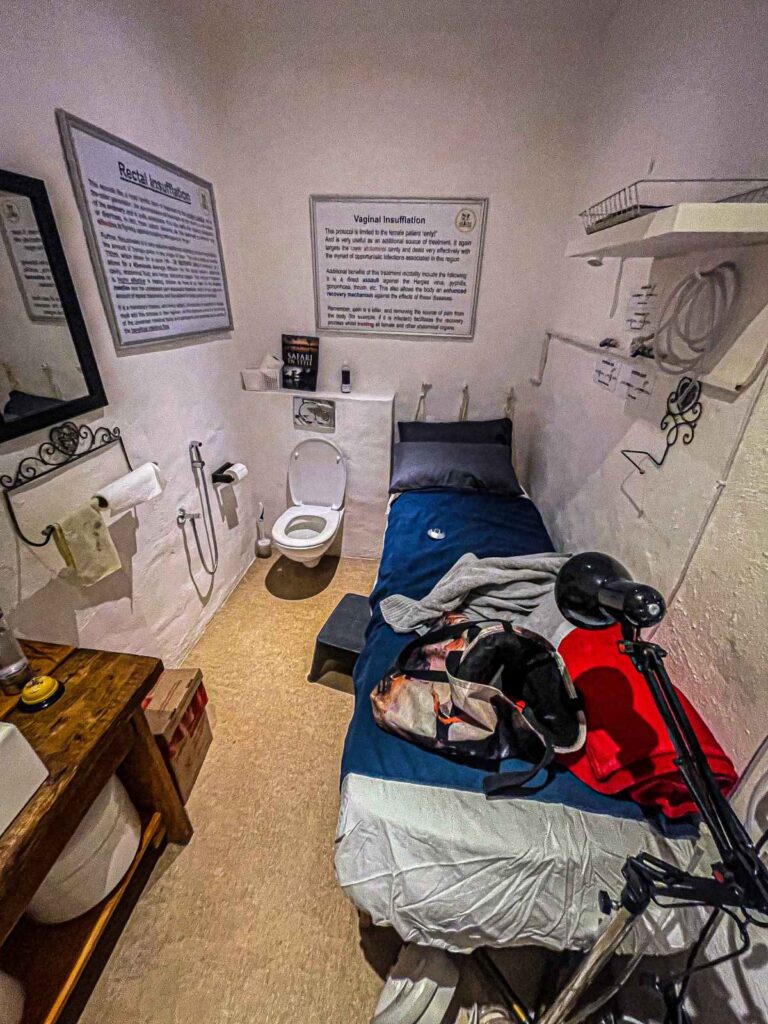Chlorine dioxide (ClO2)



Chlorine dioxide (ClO2) is an effective disinfectant consisting of oxygen, chloride, and potassium. Because of its high oxidative capacity, ClO2 exerts antimicrobial, antiviral, and antifungal effects.
Chlorine dioxide (ClO2) is a chemical compound consisting of one chlorine atom and two oxygen atoms. It is a reddish to yellowish-green gas at room temperature that dissolves in water. It is used for a variety of antimicrobial uses, including the disinfection of drinking water.
Chlorine dioxide solution (CDS) is a potent oxidant and a prodrug of HOCl, widely used as a biocide. CDS has cytotoxic effect on cancer cells. The cytotoxicity of CDS on cancer cells appears to be associated with the induction of oxidation that disrupts the delicate and controlled redox balance of cancer cells, which, induces apoptosis, pyknosis and necrosis. Thus, CDS has the potential to prevent tissue invasion and cell transformation. The cytotoxic effect of CDS was demonstrated by inhibiting the proliferation of human cancer cell lines and pancreatic adenocarcinoma.
CDS does not appear to be toxic to normal cells, it was shown that CDS does not have an apoptotic effect on human gingival fibroblasts and does not decrease the viability of periodontal ligament stem cells. Also, in the public health context, the oral use of CDS has been reported as a safe and effective therapy to treat COVID-19.
Given the documentary evidence collected to date, we raised the possibility that a CDS may have an effective cancer treatment. We report cases of patients with metastatic cancers treated with maximum daily doses of 3 mg/kg (0.003 % chlorine dioxide) given orally, enema and/or via intravenous. For the oral and absorption enema protocol used by all patients, it was produced by oxidation of 28% sodium chlorite (NaClO2) with 4% hydrochloric acid (HCl) as the activator. The oral protocol doses were prepared with 20 ml to 30 ml of ClO2 diluted in 1L of H2O and the absorption enema protocol doses were prepared with 20 ml to 40 ml of ClO2 diluted in 500 ml to 1000 ml of H2O which was introduced with a nelaton rectal catheter to 30-50 cm. For the intravenous use, chlorine dioxide (ClO2) was made and marketed by certificate chemical expert in Queretaro, México, and was produced by the membrane electrolysis method; the dose was prepared with 10-20 ml of ClO2 diluted in 500 ml of NaCl 0.9 % and administered from 4 to 8 h according to the patient's tolerance 17,19. The occurrence of adverse events and the manifestation of side effects that could be associated with the use of CDS were assessed.
